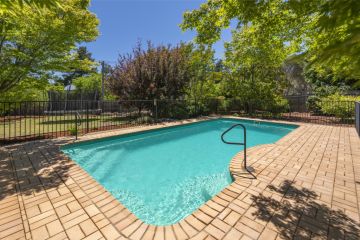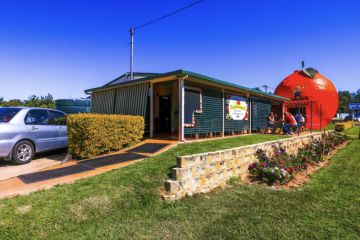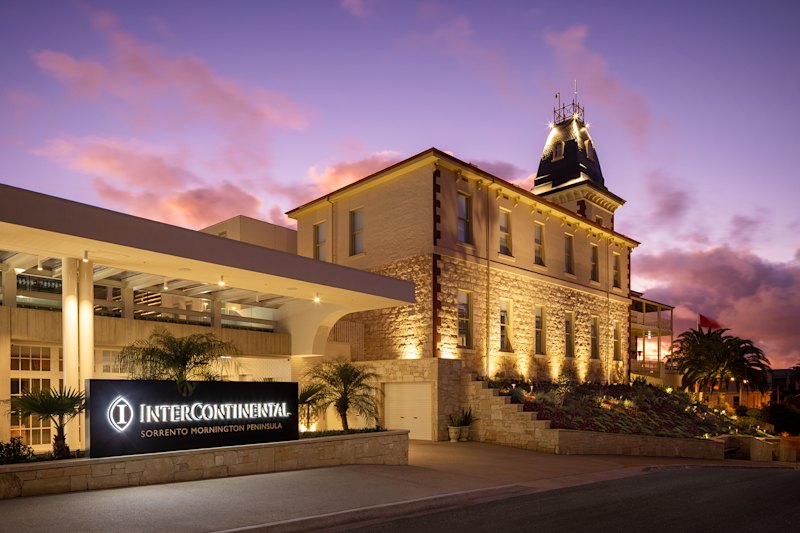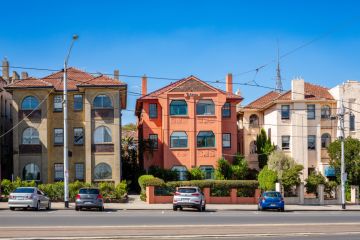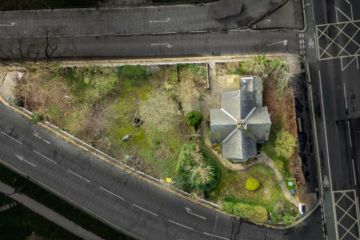This apartment block has a new way of dealing with the heat
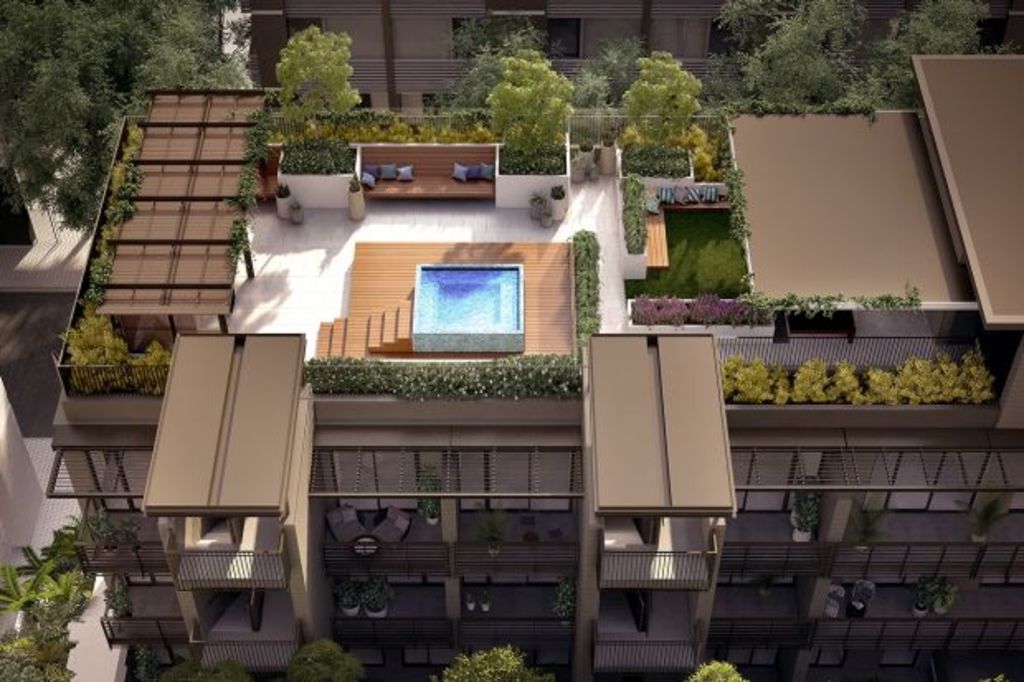
Australia’s cities could become both greener and cooler in the future if a bold experiment in Sydney’s inner south pays off.
A new apartment development in what’s set to become the most densely populated area of Sydney is aiming to cut the temperature of the site by two to three degrees with a ‘wilderness’ eco garden at its centre.
As alarm grows over the urban heat island effect in Australia’s cities, which can raise temperatures of built-up areas by up to 12 degrees in the evenings, it’s hoped the planned complex at Waterloo in the inner south will prove a new benchmark in sustainable Sydney living.
And, as long as it’s embraced by property buyers, it could signal the start of a slew of much more environmentally aware, and proactive, buildings.
“We hope to become the leading edge of innovation, but not the bleeding edge of anything,” said John Carfi, developer Mirvac’s head of residential of its 226-home project The Finery.
“We don’t want to treat our customers like guinea pigs, but we want to create buildings that we know will gradually improve their lives. It’s about showing people better ways to live, without compromising their comfort or the aesthetics.”
The focus of the development is on large amounts of greenery since 30 per cent of the 9400sqm site will be planted, with green roofs on two of the six four to eight-storey buildings surrounding the courtyard – which will have cabbage palms, water gums, banksia and Australian teak – a green wall and street plantings. All species that once grew in the local wetlands, they’ll be irrigated by rainwater collected and recycled on-site.
On the former HPM factory site on Lachlan Street, the apartments and terrace homes of The Finery follows on from other landmark projects such as the international award-winning green credentials of Central Park in Chippendale.
Landscape designer Sacha Coles, director of Aspect Studios, which also worked on Central Park by Frasers Property Australia and Sekisui House, said, “We’ve been taking some cues from that, and taking it further.
“We see the courtyard as something like a national park experience, a natural environment that’s not traditionally offered with developments but which will be a cool and gully-like experience. Its saturation with plants will go a long way to reducing the urban heat island effect, something we’re very passionate about. It’s a bit of a prototype development.”

With Sydney the second worst city in Australia in terms of heat generation – beaten only by Melbourne – developments like The Finery will certainly help, believes sustainability expert and founder of Street Coolers, Michael Mobbs.
“It’s remarkable that the private sector is doing something like this to reduce the urban heat island effect in its development,” he said. “I love what Sacha Coles does and I think it will set a benchmark for private sector development.
“But then it’s heartbreaking to see road designers still building dark roads that absorb the heat which can undermine work like this. We need a concerted joint effort from the private sector and the government design agencies to help make our cities cooler.”

As cities grow, more buildings are erected, roads are built, surfaces are paved and vegetation lost, meaning that the annual mean temperature of a city can be 1-3 degrees higher than its surroundings, which can rise to 12 degrees in the evening with hard surfaces acting like radiators. The remaining greenery can then dry out, further exacerbating the effect, with people using air conditioners to keep temperatures down.
Carfi said he hopes The Finery, with the extent of its landscaping far exceeding the goals set by 202020, a collaborative initiative of the Nursery and Garden Industry to create 20 per cent more green space by 2020, will make a contribution to help counter that heating effect.
“If you look at the whole city, every hard surface, whether concrete or bitumen or aluminium, absorbs and gives off heat at night, so the more you can do with things that maintain steady temperatures like earth, soil and greenery, the better,” he said.
“We see developments like this as more of an evolution, with each project trialling something new and experimenting. The way people live has changed, so we’re trying to understand how people use space and make the experience better for them.”
The Finery is the subject of Domain’s New Homes this Saturday.
We recommend
We thought you might like
States
Capital Cities
Capital Cities - Rentals
Popular Areas
Allhomes
More
- © 2025, CoStar Group Inc.
